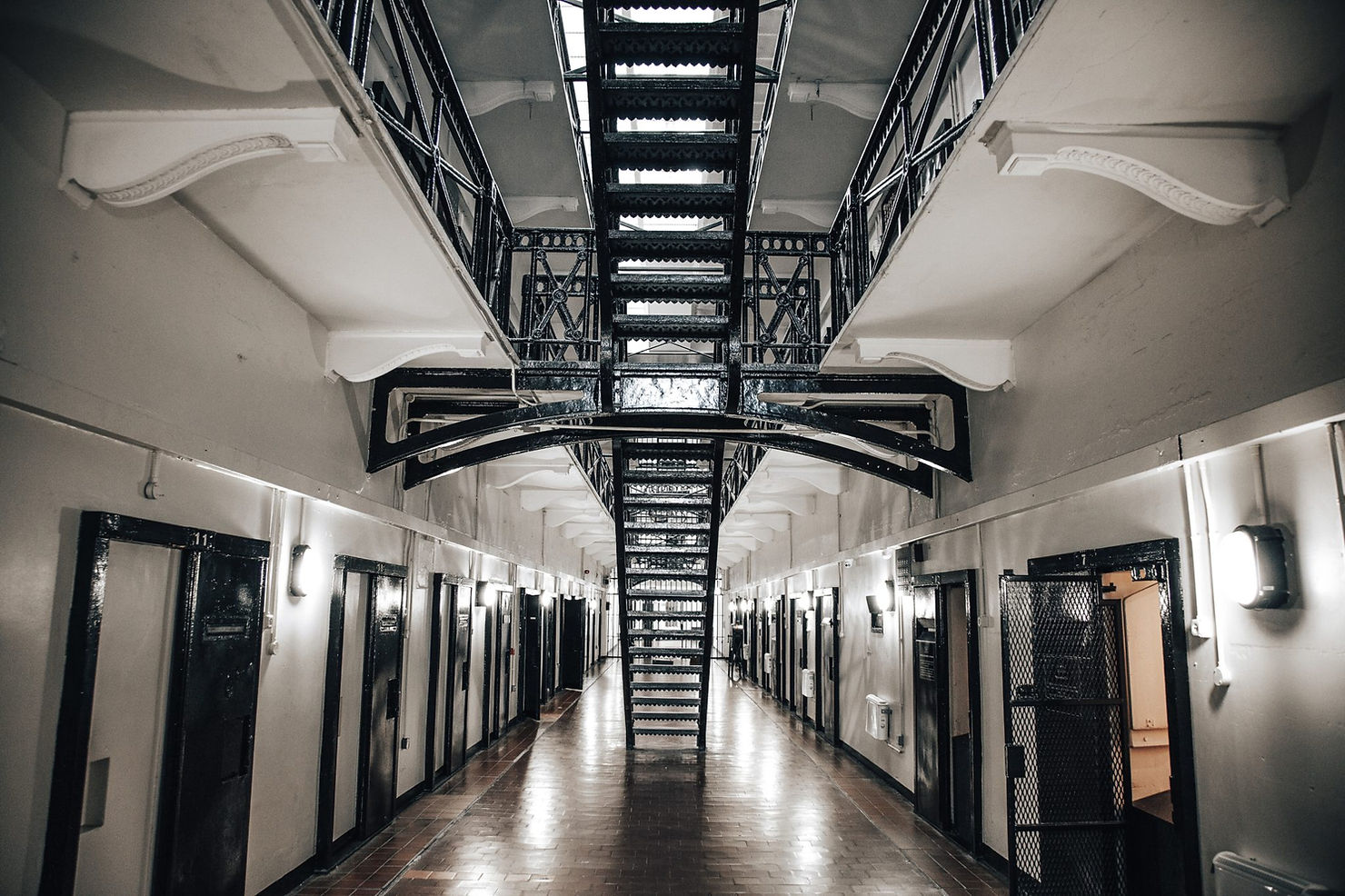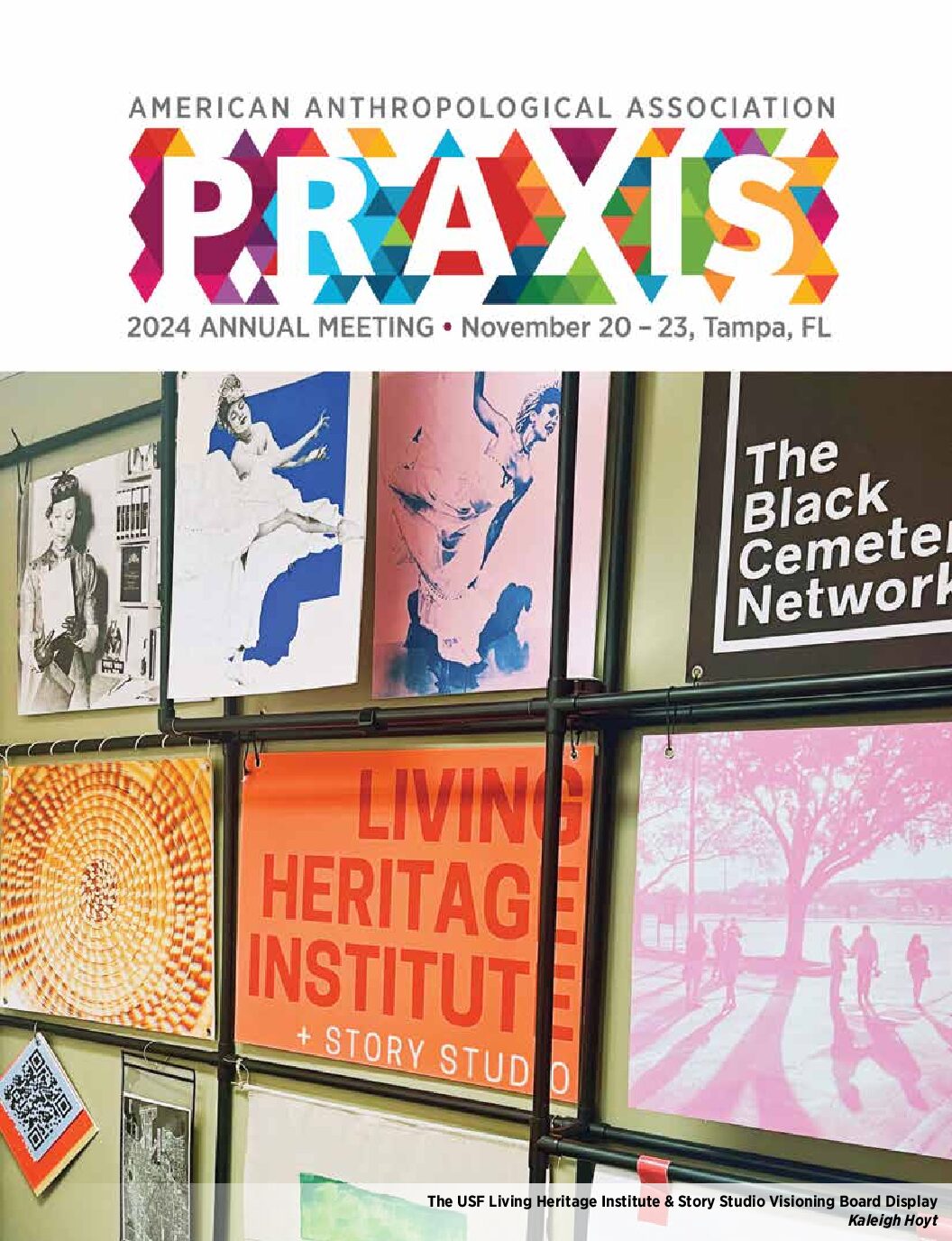Discussing Policy with Prisoners
Association for the Anthropology of Policy
Jason Bartholomew Scott
June 16, 2020
I teach an anthropology course within the Wisconsin Department of Corrections. The course is online in that video lectures, movies, assignments, and discussions are carried out via a computer. The learning process is estranged but also incredibly intimate. I never see my students face-to-face. Students admit to you their deepest fears such as failure to succeed on the outside. They reveal their most profound sins including homicide. They read everything I assign. Their writing is detailed. And, their desire to succeed is rooted in a radical hope for the future. My students are a captured population yearning to be free.
As a prison educator, an anthropologist, and a resident of Milwaukee, I have found myself studying through a multifaceted policy process. I work “inside,” “outside,” and online to understand various aspects of a transforming and transformative set of policies. In doing so, I have learned about a policy process that takes place discretely in the classroom and the individuals who work daily to shape prison politics in my community.

Education in a carceral state
My virtual classrooms reflect a broader set of carceral and educational norms experienced by the residents of Milwaukee. The city’s population has shrunk dramatically since the 1960s; redlining and white flight produced stark racial contrasts between a deindustrialized urban core and the predominantly white middle-class suburbs. The federal government’s 1994 Crime Bill and Wisconsin’s 1998 Truth-in-Sentencing Law—a policy that nearly eliminated the opportunity of parole for individuals in state prisons—helped to spark hyper-incarceration in the state. This has produced noticeable contrasts. Wisconsin has the nation’s largest racial gaps in education and incarceration. In Milwaukee, there are more African American men in prison (12.8 percent) than with a bachelor’s degree (6.5 percent). In comparison, there are nearly 20 times fewer white, non-Hispanic men in prison (1.2 percent) than those with a bachelor’s degree (21 percent).
In an effort to transform carceral politics in cities such as Milwaukee and reduce a US prison population that reached 2.3 million in 2019, the federally funded Second Chance Pell Grant Program has dramatically expanded university education in prisons. The program operates on the belief that educational opportunities reduce recidivism and increase socioeconomic inclusion once individuals are released. The statistics, in respect to education and recidivism, are promising. The Rand Corp found that prisoners who participate in education programs were 43 percent less likely to reoffend, saving $4 for every $1 spent. Wisconsin’s iteration of the Second Chance Pell Grant symbolizes the contemporary possibilities for carceral and education reform in the United States.
Policies in the carceral classroom
I find that teaching to the incarcerated is less influenced by state-level politics and more influenced by the everyday, under-the-radar policies that dictate the conditions of learning. Incarcerated students are most immediately concerned with classroom and prison policies related to their ability to study. There are interruptions beyond what the teacher and student experiences in a normal classroom. For example, at one of my student’s facilities a burst water pipe had stalled classes in the middle of a semester. Some of my students have been separated from the general population for rule violations such as the possession of surplus aspirin. Students have only a few hours a day to use a computer and there are no institutional policies that allow for an alternative space within the prison to access course material. Furthermore, given the strict nature of prison communication, students are not allowed to contact me directly with questions or request additional time to finish assignments.
Educators working with computer-mediated learning may recognize these as inconveniences that affect online learning environments, but in context of incarcerated learning these subtle technological and policy limitations become definitive of the relationship between teacher and student. I found that my incarcerated students apply the same rigid expectations of the law that brought them to and may lead them out of the prison system. They remind me that although I am not physically imprisoned with them, grading policies in my course directly affected their confinement. These conditions, all the product of everyday prison policies, reveal the discrete complexities of teaching and learning through an array of carceral policies.
Studying through the policy process
As a result of work within Wisconsin Department of Corrections, I have been introduced to a community organized around carceral policy that includes educators, policymakers, police, and activists. I have gained an appreciation for my own unique ability to bridge a policy gap between carceral institutions, educational institutions, activists, and the formerly incarcerated. I have daily conversations with educators about carceral policy and conversely, speak with prison wardens and ex-prisoners about education policy. I am witness to an emergent conversation between prison abolitionists and a bipartisan group of politicians who imagine community-based facilities, a greater priority for mental health, and infrastructure for economic opportunities for the formerly incarcerated. Reformers are generally against policies such as electronic monitoring that do little more than redefine the panopticon outside of the prison. By observing and participating in conversations between educators, lawmakers, and the formerly incarcerated, I gain appreciation for the slowness and ambiguity that goes into the day-to-day of policy reform.
Teaching anthropology to incarcerated students while also studying through the shaping of educational and carceral policies offers a unique avenue to examine the processes that inform anthropological thought. Anthropologists and pedagogists are well positioned to identify collective beliefs and values that emerge through the execution of public policies in carceral spaces. More specifically, by being present while policies are being debated, implemented, and intermingled, we can see the broader coalitions and hopes that inspire programs such as the Second Chance Pell Grant. Most importantly, we can understand policies as prisoner-centered or, rather, shaped by the teaching of freedom instead of the reproduction of discipline.
Jason Bartholomew Scott teaches anthropology for the University of Colorado and the Milwaukee Area Technical College. His ethnographic research explores policing policy, digital activism, and pedagogy. He is currently developing a project that compares social justice movements in Brazilian favelas and the American Rust Belt.
Cite as: Scott, Jason Bartholomew. 2020. “Discussing Policy with Prisoners.” Anthropology News website, June 16, 2020. DOI: 10.1111/AN.1417


